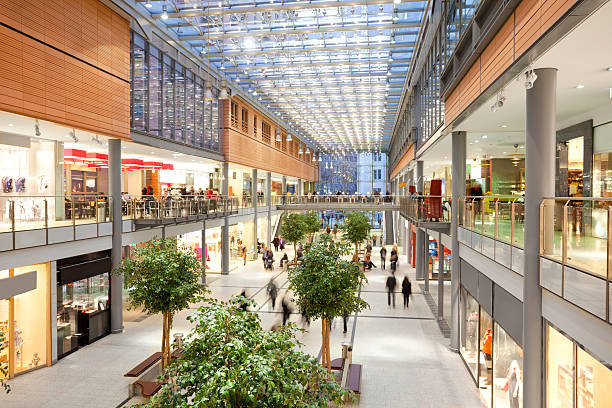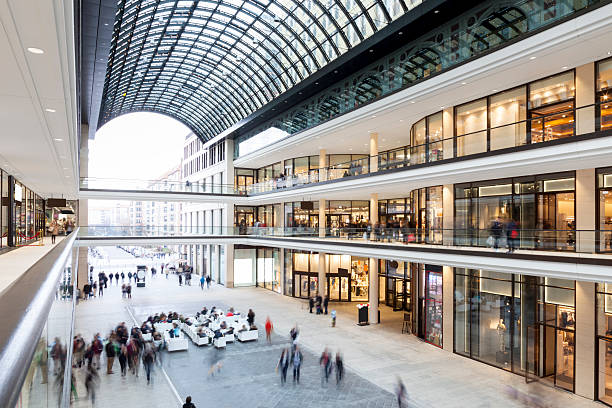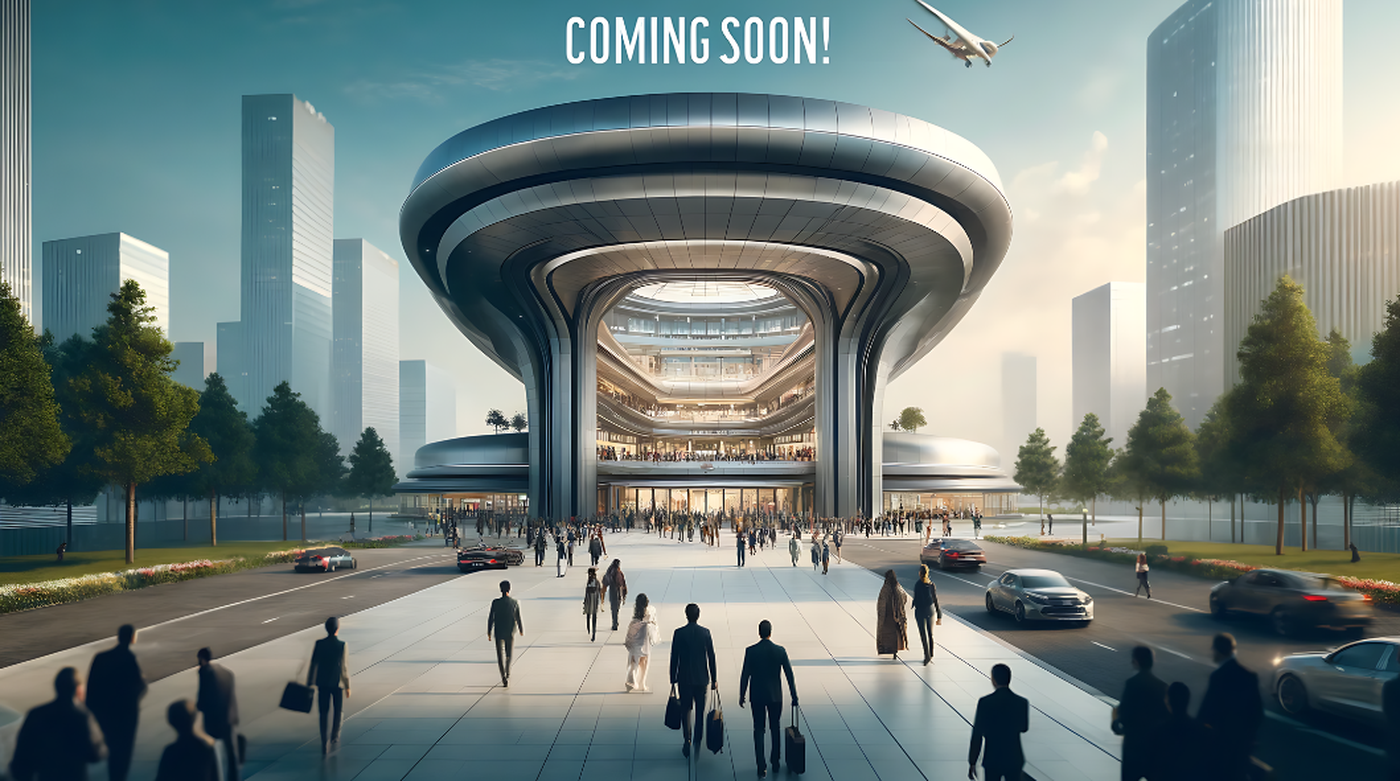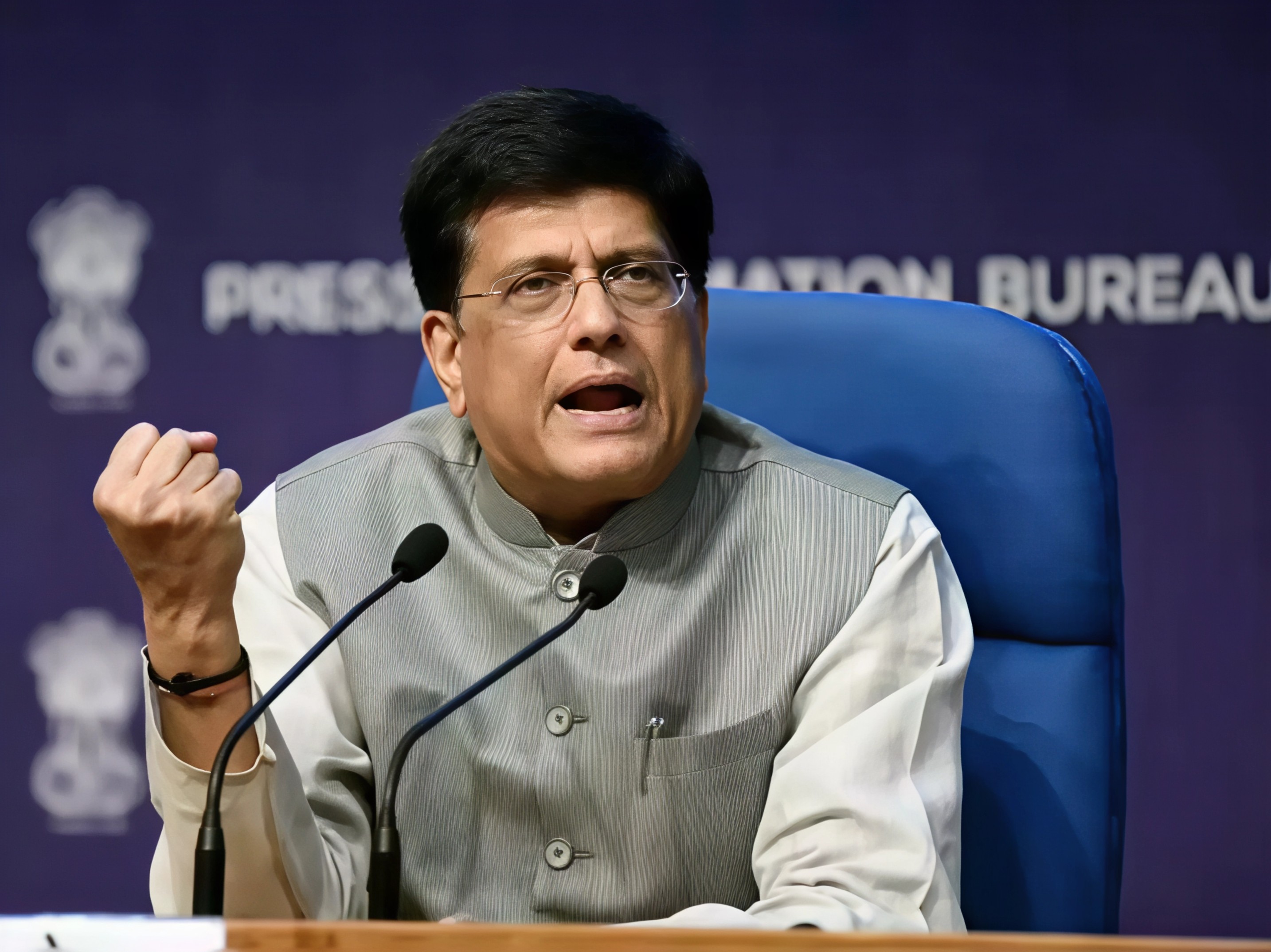By 2027, the Indira Gandhi International Airport’s Aerocity in Delhi will unveil India’s largest mall, covering 2.8 million square feet. This is part of a $2.5 billion project called Worldmark Aerocity, aiming to create India’s first aerotropolis—a city centred around an airport. This project is expected to grow eight times in size within the next five years.
Current and Future Developments
Currently, Aerocity offers 1.5 million square feet of leasable space. Plans are to increase this to over 10 million square feet by 2029 in two phases. The global business district in Aerocity will expand by 6.5 million square feet, resulting in a total of 18 million square feet of leasable area. This expansion will include offices, retail outlets, food courts, a large-scale mall, and public spaces.

source: istock
Project Management and Execution
The development of Aerocity was assigned to Bharti Realty by GMR-backed Delhi International Airport Ltd (DIAL). Bharti Realty holds the lease for Aerocity, which aligns with DIAL’s lease for airport development and operations, keeping state ownership unchanged.
Plans for Phases 2 and 3
SK Sayal, Managing Director and CEO of Bharti Realty, outlined the expansion plans for phases 2 and 3. These phases will require a $2.5 billion investment, funded through a mix of debt and equity. Phase 2 will introduce Worldmark 4, 5, 6, and 7, adding 3.5 million square feet of leasable space and featuring India’s largest mall. Phase 2 is set to start next year, with completion scheduled for March 2027.

source: istock
Parking and Accommodation
The expansion will include parking facilities for over 8,000 cars. Currently, Aerocity has 5,000 hotel rooms across 11 hotels, including JW Marriott, Accor Group, and Roseate. After Phase 2, the number of rooms will increase to 7,000 across 16 hotels. Brands like St. Regis and JW Marriott Marquis will join the area between the Aerocity metro station and the existing hotel hub.
Phase 1 Success and Future Projections
Phase 1 attracted top corporate entities like Airbus, EY, IMF, KPMG, Emirates, and Pernod Ricard. Brookfield, an investment management company, acquired a 51% stake in Bharti’s four commercial properties, including Aerocity Worldmark Phase 1, for Rs 5,000 crore.
Upon completion, Aerocity is expected to host 2 million professionals and attract 30 million visitors annually. This increase in activity could push IGI Airport to serve over 100 million passengers annually, leading to the replacement of Terminal 2 with the larger Terminal 4.

source: istock
Multi-Modal Transport Hub
To support this growth, DIAL is developing India’s first interstate multi-modal transport hub near the Aerocity metro station. This will likely include an interstate bus terminus, Delhi Metro’s upcoming Phase 4 line, and the Rapid Rail Transit System station. Additionally, there will be a station for an automated passenger mover or air train.
Air Train Discussions
DIAL and the Union Aviation Ministry are discussing the best number of stops for the proposed air train connecting Terminal 1 and Terminal 3 (or potentially Terminal 4 instead of Terminal 2 by the decade’s end). The airport operator prefers two air train stations in Aerocity, while the ministry favours fewer stops for quicker intra-terminal transfers.








